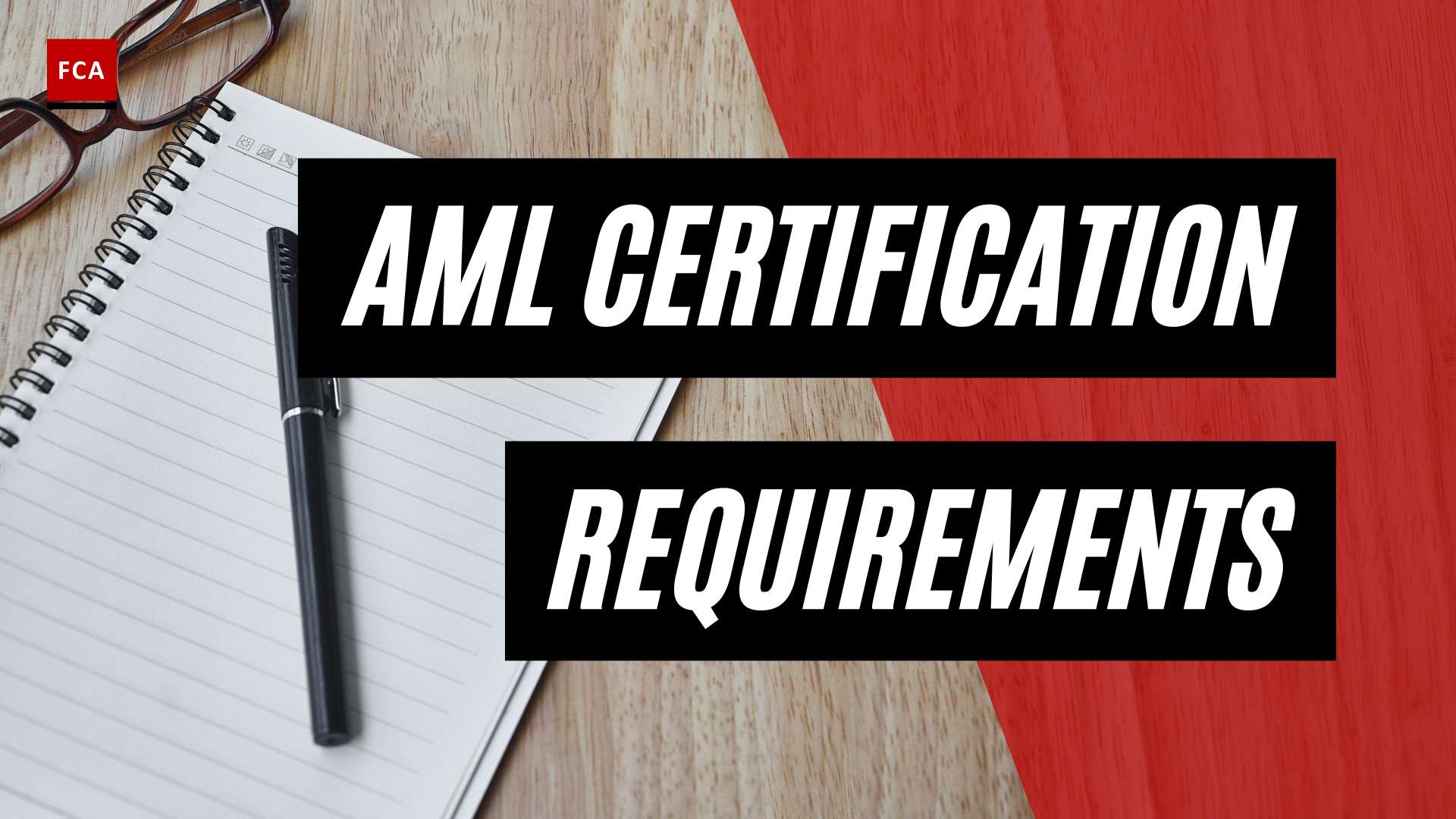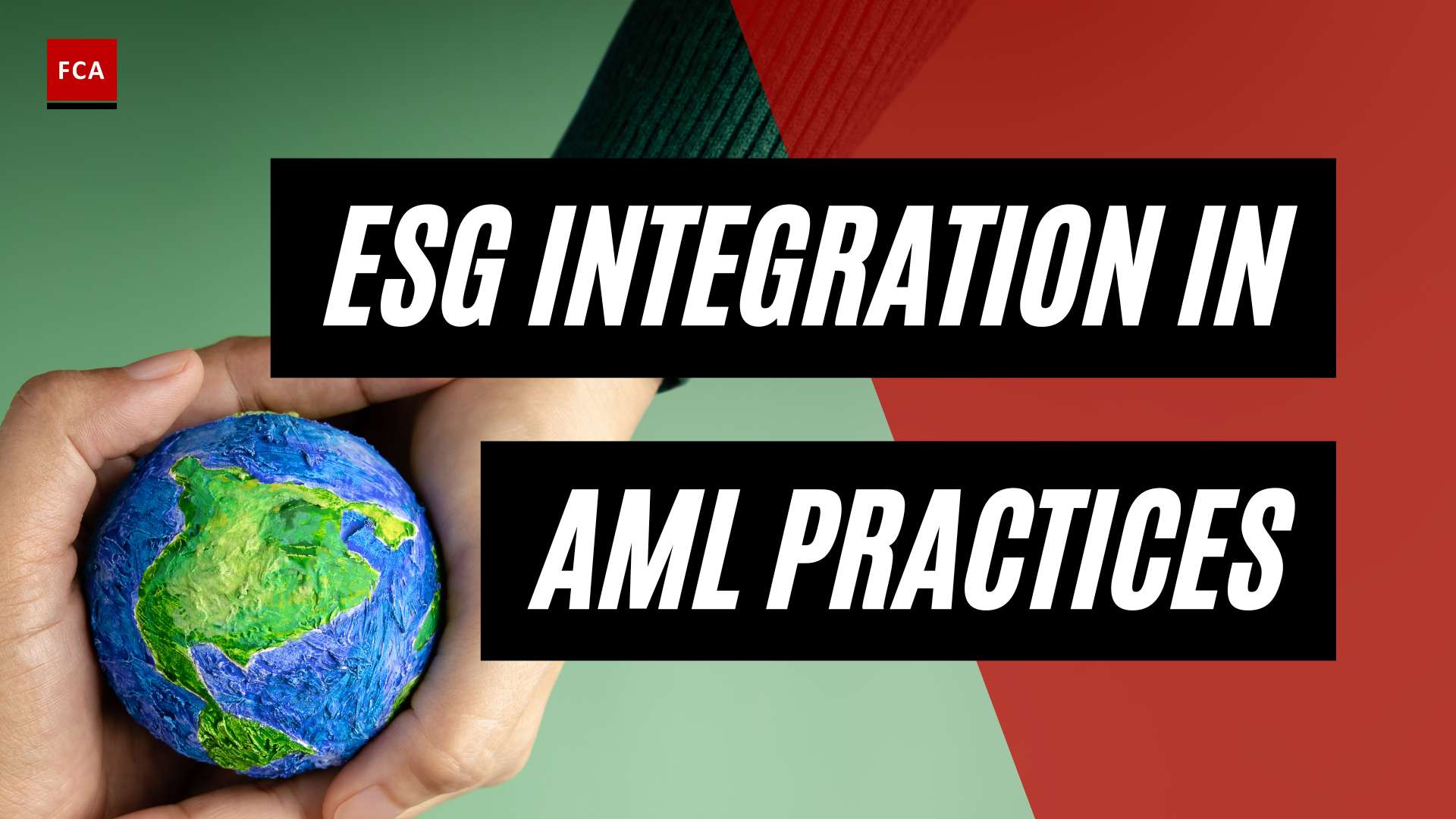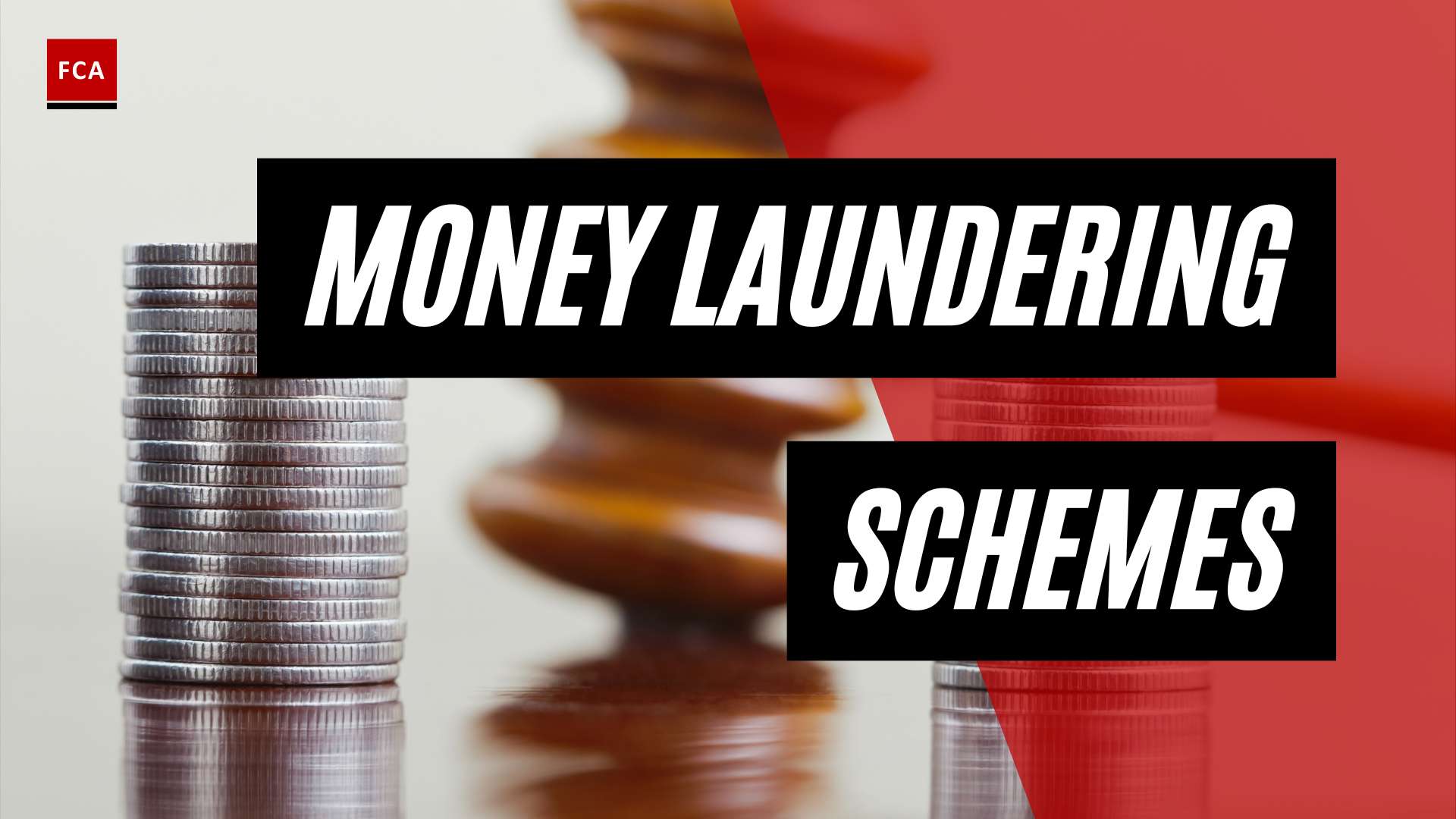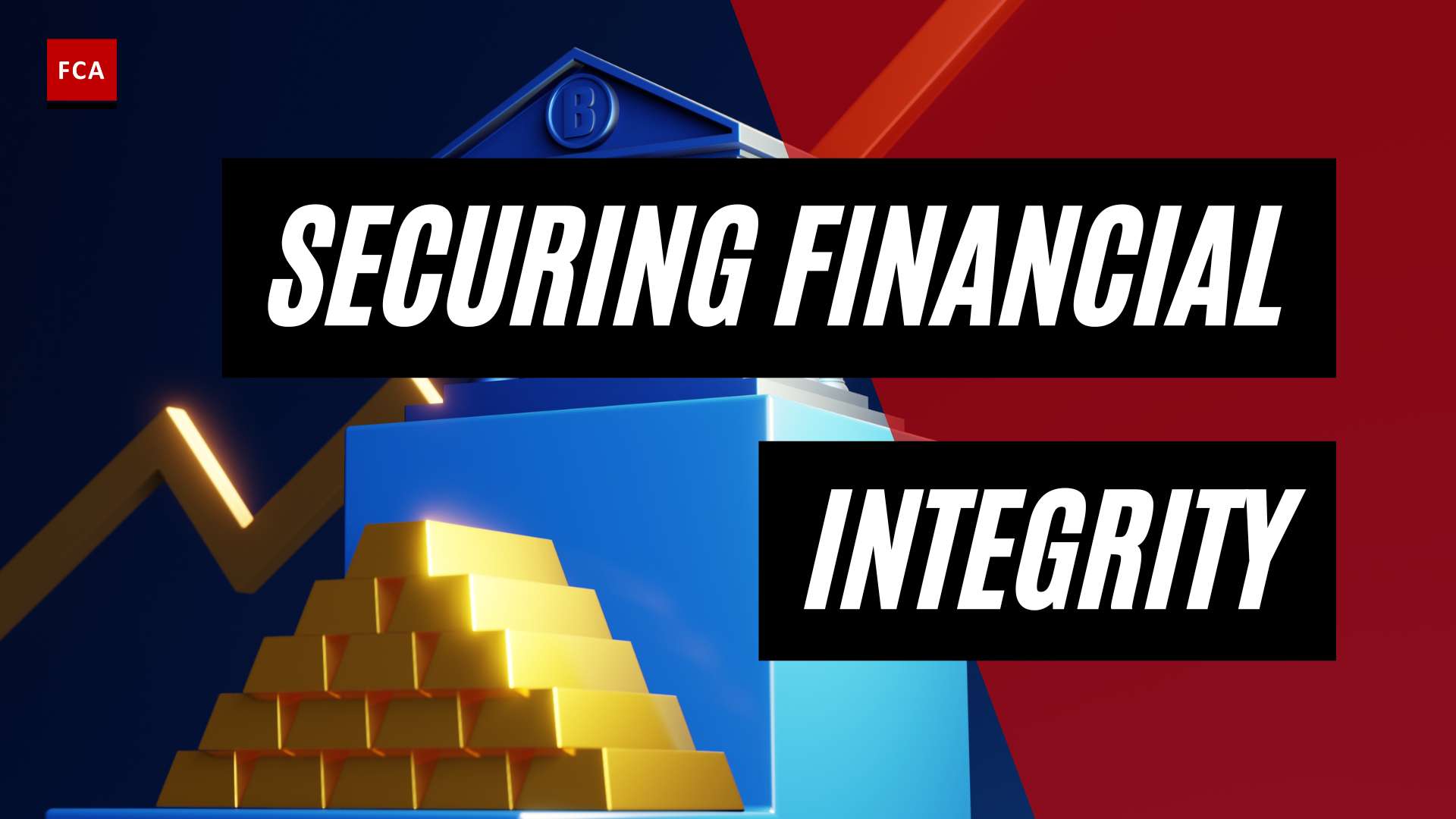Organizations of various kinds slip into the temptation of misappropriating illicit funds, and religions have been the subject of numerous inquiries around the globe like Church Money Laundering. This can apply to organizations of any faith or sect, but Christians, in particular, have a history of monetary dishonesty.
There are various reasons why “ecclesiastical crime” is so easy to commit, including accounting record reporting loopholes (as opposed to other organizations or businesses), as well as preying on the members’ trustworthiness of these organizations. As a result, completing AML checks and KYC fact-checking for these organizations and their clients is extremely difficult, even though combating church money laundering is becoming increasingly crucial on both the national and international levels.
Table of Contents
- Key Takeaways
- Great Power, Great Responsibility
- A Lack Of Due Diligence
- The Truthful Picture Of Church Money Laundering
- Ongoing Improvements On Church Money Laundering Problem
- Summary
Key Takeaways
- Church money laundering involves allowing corrupt money to be combined with legitimate funds acquired by church officials.
- Internal fraud costs churches around $63 million a year, accounting for around 16% of total revenue.
- A religious leader is suspected of laundering at least 1.4 million dollars through his religious channel.
- The Internal Revenue Service, including Form 990, does not require churches to provide banking information.
- Ecclesiastical Crime: The Due Diligence Challenges for Bank And Church Money Laundering
Great Power, Great Responsibility
Given the sheer size of religion’s following and the international issue of church money laundering, no organization can completely separate itself from unscrupulous and sophisticated laundering activities.
Scams could be discovered due to the obvious lack of properly developed procedures. Money challenges that are criticized by participants or sponsors, inappropriate and succinct financial records, falsified documentation, or even workers with behaviors that do not match their income are all red flags of malevolent behavior. Of course, this raises questions about accountants’, banking firms’, and government authorities’ responsibilities in conducting more complete investigations into the sources of monies funneled through religious organizations.
Internal fraud costs churches over $63,000,000,000 per year in Christendom, accounting for roughly 16% of total revenue. Money laundering in the church has become a widespread issue. Even though a spokesperson from the Institute for the Study of Global Christianity stated in 2013 that “95 percent of embezzlement within places of worship goes undiscovered or unreported,” 10% of Congregations acknowledged financial misappropriation in 2017.

Due to its distinguished forum, anti-money laundering organizations in Ghana have seen these establishments as playing a unique role in educating the public about church money laundering activities. Workshops have been held by groups like the Inter-Governmental Action Group against Money Laundering in West Africa (GIABA) for these scholarly reasons. GIABA regards church officials as trusted spokespeople and investors, and they are encouraged to engage in this mission.
A Lack Of Due Diligence
Religious councils can perform both deliberate and involuntary thievery. It’s commonly linked to an absence of internal audits, which could be related to a lack of understanding or tools for good financial management. Religious organizations can frequently receive large sums of money from beneficiaries in an unregulated environment without using proper accountability mechanisms, and this money is accepted as a gift without questioning its origin.
In more deliberate circumstances, fraudsters of illicit funds may be under financial duress or believe they are entitled to the money due to a lack of salary. Much of the theft that occurs in churches, for example, is carried out with little sums of money that go undiscovered. It will take at least 7 years to finish.
As previously noted, sums provided as offerings or pledges by criminals posing as religious figures may go undetected, allowing this corrupt money to be mixed in with legal funds and placed into the institutions’ bank accounts. There have also been instances where robbers contribute money to a building for construction work, which is then reimbursed as a check and so “cleansed.” The lack of a congregation’s knows your customer standard (KYC) has the potential to significantly increase the risk of dirty money passing through the system.
The Truthful Picture Of Church Money Laundering
As previously noted, sums provided as offerings or pledges by criminals posing as religious figures may go undetected, allowing this corrupt money to be mixed in with legal funds and placed into the institutions’ bank accounts. There have also been instances where robbers contribute money to a building for construction work, which is then reimbursed as a check and so “cleansed.” The lack of a congregation’s knows your customer standard (KYC) has the potential to significantly increase the risk of dirty money passing through the system.
According to other case studies undertaken by law enforcement, Erik Siga’s real estate was purchased with shady funds. He was found dead in a US prison with ties to infamous drug traffickers and is accused of laundering at least 1.4 million dollars through his religious channel. He was the pastor of an evangelical church in Guatemala, as well as the mayor of a small hamlet.
According to the OCCRP, Jacob Kingston, a Mormon from Utah, was likewise a victim of a tax credit fraud scheme. Over $100 billion in Mormon money has been laundered through a tax-exempt investment fund. Washakie Renewable Energy, based in Kingston, allegedly promised to offer clean fuel inequality in exchange for tax credits, defrauding the government of at least $1 billion.
Furthermore, Congress has made little attempt to address the issue; internal investigations are a common method for detecting illicit activity. The idea that banks must control religion and money moving in and out of the organization puts them in peril, with a focus on detailed investigation in the churches with whom they do business. The new FinCEN Files leak highlights HSBC’s transfer of unlawful monies as a result of a Ponzi scheme set up by Ming Xu, who purported to be an evangelical church leader in Los Angeles despite knowing about the investment scam (WCM777).
Ongoing Improvements On Church Money Laundering Problem
So, what can be done on a larger scale? It’s a perilous scenario, but one that Congress in the United States has never attempted to confront before, with moves to eliminate churches’ tax exemptions meeting with intense opposition. Due to the specific character of churches as religious institutions, they are exempt from disclosing financial information to the Internal Revenue Service, including Form 990, which documents all money that comes in and out of a conventional non-profit organization.

Despite this, few churches follow financial consultants’ advice and readily share papers like Form 990 to provide complete transparency. Churches appear to be in charge of vulnerability scanning, which includes doing KYC on members to determine where funds are coming from, tracking all revenues in and out of the church, and submitting account statements to proper agencies. Banks that deal with churches should do more research on their clients and keep track of their transactions to learn more about their operations.
Summary
AML efforts across the board appear to be practically unachievable due to the global connectivity of religious institutions, where corrupt money can easily be mixed in with genuine gifts. However, by enhancing due diligence standards and boosting transparency between financial institutions and religious groups, a slow but steady process of exposing church money laundering and its analogues can begin, moving beyond the modest but praiseworthy efforts of some.









